
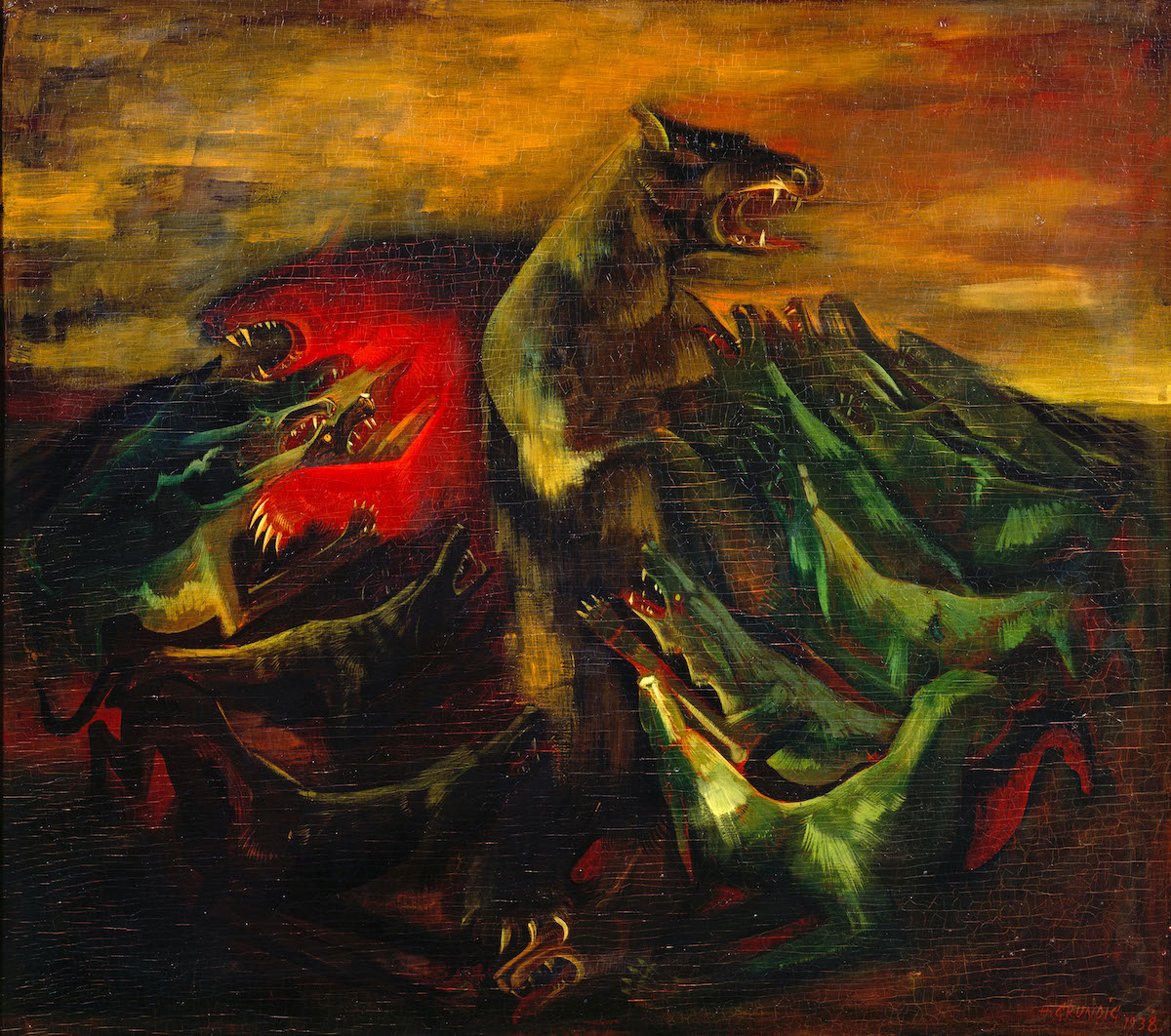
ART FOR NO ONE:
Artists in Germany between 1933 and 1945
Lecture by Ilka Voermann, Frankfurt/Main (Germany)
May 18, 2022 @ 12:00 pm - 1:00 pm
| FreeBetween 1933 and 1945, the National Socialist regime controlled artistic work in Germany. Particularly artists who were persecuted based on their religion, race, or political views fled into exile due to threats from the government. But what happened to the artists who remained in the country? Isolation, lack of an audience, and limited exchange impacted the creativity of the individuals who were deprived of a basis for work and life under National Socialism. Their situation is often described in a generalized way as “ostracism” or “inner emigration.” In light of the multilayered and divergent personal circumstances, however, these terms fall short of the mark.

Werner Heldt, Meeting (Parade of the Zeros), 1933–1935, Charcoal on Guarro laid paper, 47 × 63,3 cm, Berlinische Galerie –
Landesmuseum für Moderne Kunst, Fotografie und Architektur, © Berlinische Galerie / VG Bild-Kunst, Bonn 2022
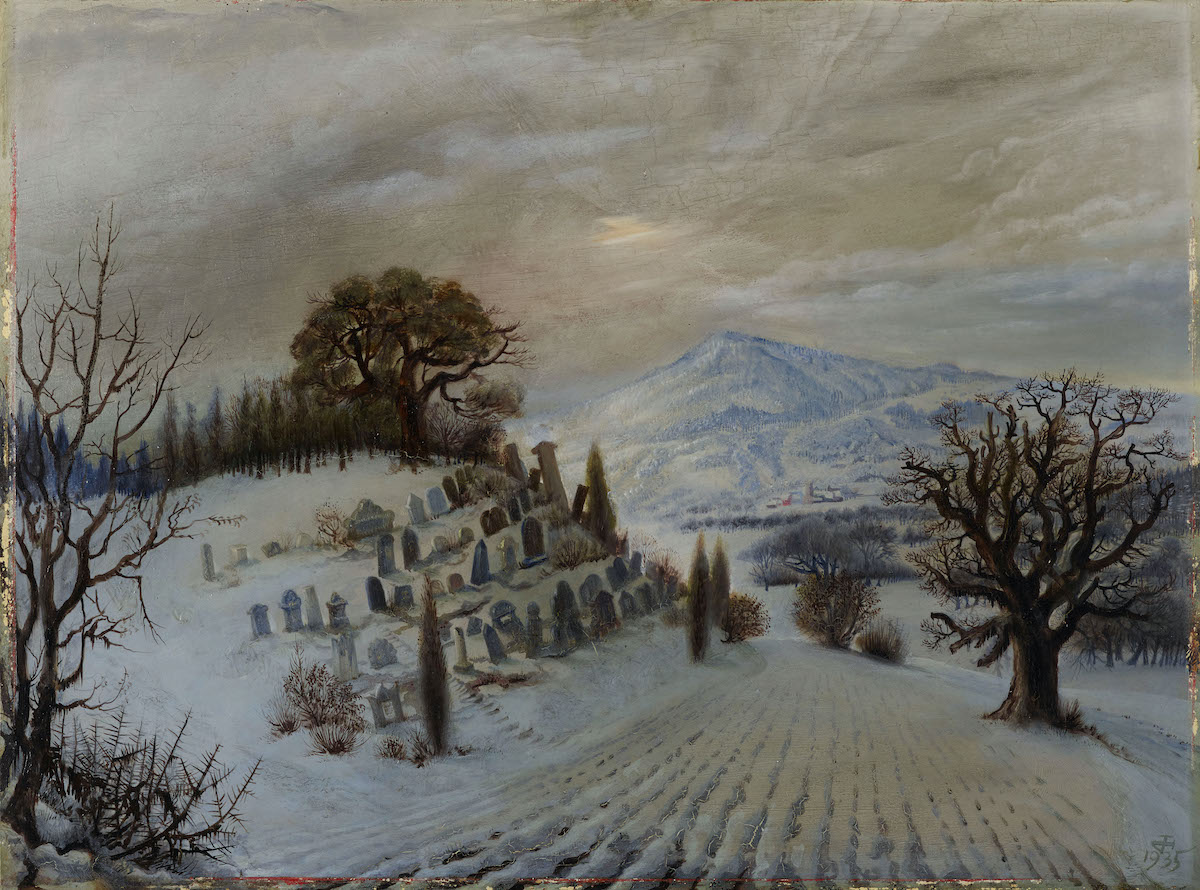
Otto Dix, Jewish Cemetery in Randegg in Winter with Hohenstoffeln, 1935, Oil on wood, 60 × 80 cm, Saarlandmuseum – Moderne Galerie, Stiftung Saarländischer Kulturbesitz, © bpk / Stiftung Saarländischer Kunstbesitz, Photo: Tom Gundelwein / VG Bild-Kunst, Bonn 2022
In this lecture, Ilka Voermann, PhD, curator of the large overview exhibition “ART FOR NO ONE. 1933–1945” at Schirn Kunsthalle Frankfurt speaks about the different strategies and scopes of action employed by artists who did not seek or find any affiliation with the National Socialist regime.
Ilka Voermann, PhD, studied Art History, Classical Archaeology and Modern and Contemporary History in Münster and Mainz. In her dissertation she examined the use of copies of paintings in the princely collections of the 19th century. Between 2011 and 2013, Ilka Voermann worked initially as a Research Assistant and subsequently as Curator at the Kunstmuseum Stuttgart. After teaching positions at Stuttgart University and the State Academy of Fine Arts in Stuttgart, she was employed from 2014–2017 as Curatorial Fellow at the Harvard Art Museums in Cambridge, MA. Ilka Voermann has authored numerous texts and catalogue contributions for all the exhibitions she has organized, especially on the subjects of New Objectivity and art in Germany from 1945. She has also written monographic essays on artists including Otto Dix, Christian Schad, Fritz Winter, Willi Baumeister, Adolf Hölzel, Sigmar Polke and Chuck Close. Ilka Voermann has been Curator at the Schirn Kunsthalle Frankfurt since July 2017.
Introduced by Rachel Stern, Director and CEO of the Fritz Ascher Society.
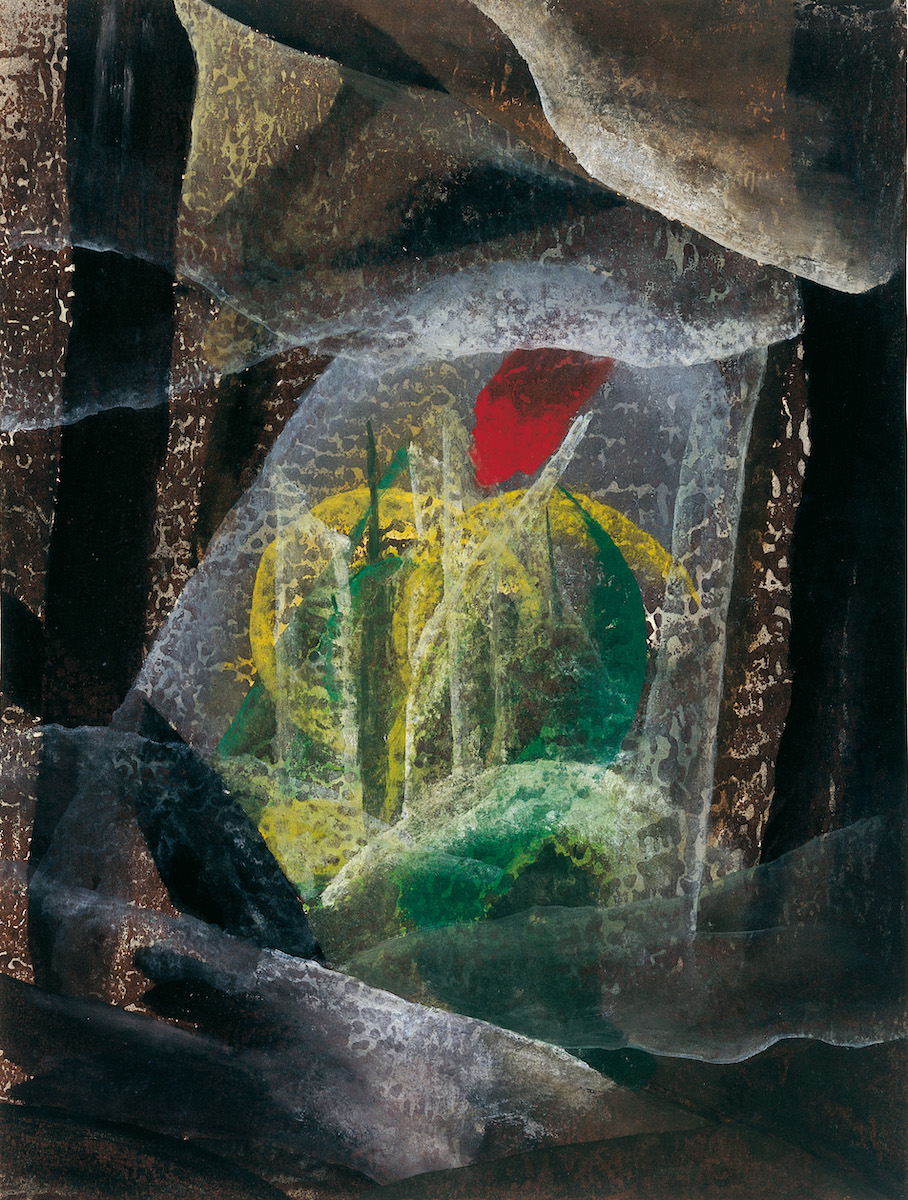
Fritz Winter, Driving Forces of the Earth, 1944, Oil on paper, 27,6 × 21,7 cm, LWL-Museum für Kunst und Kultur. Westfälisches Landesmuseum, Münster. On loan from the Westfälischen Provinzial Versicherung Aktiengesellschaft, © LWL-Museum für Kunst und Kultur, Westfälisches Landesmuseum, Münster, Photo: Sabine Ahlbrand-Dornseif / VG Bild-Kunst, Bonn 2022
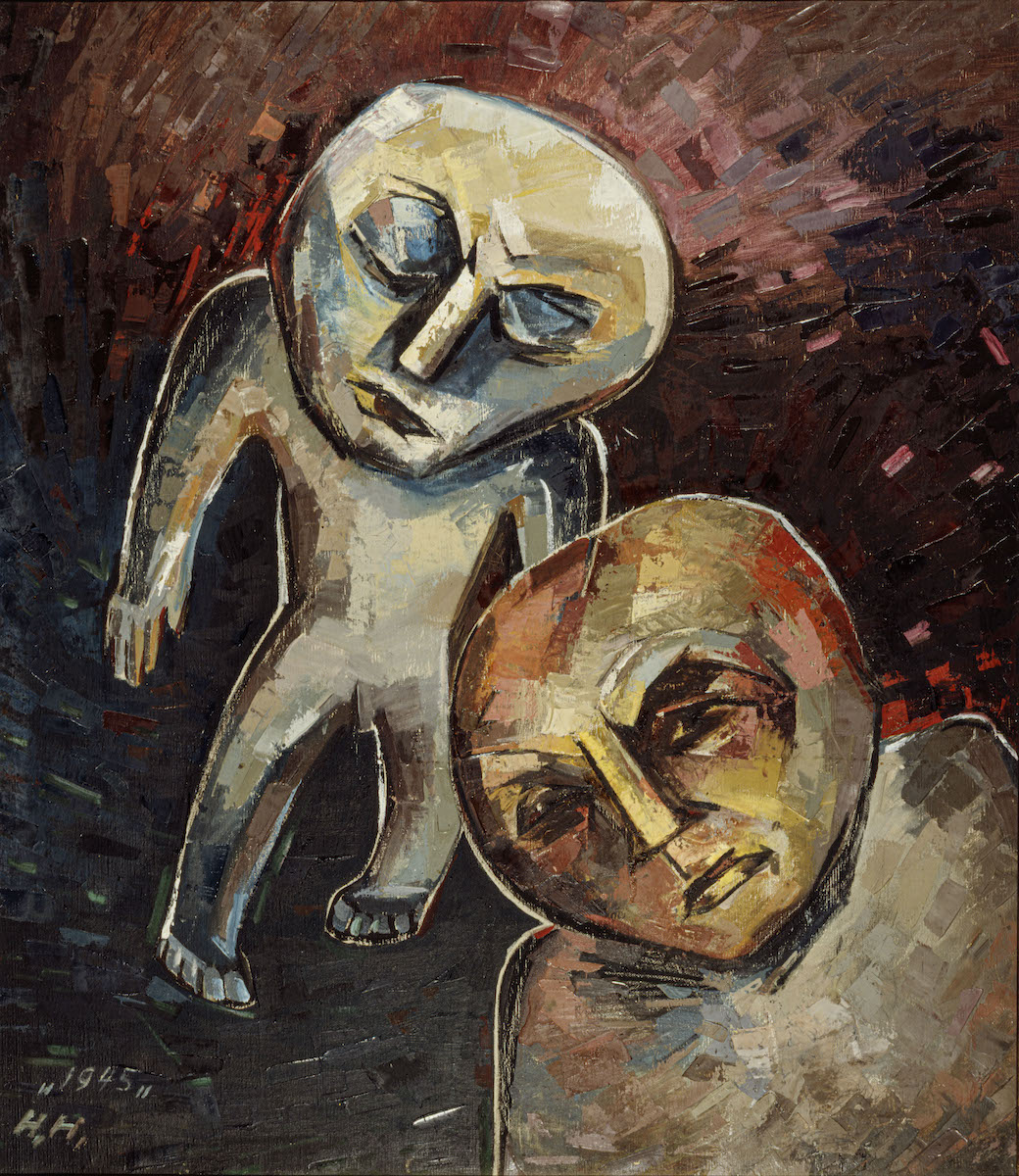
Hannah Höch, 1945 (The End), 1945, oil on canvas, 92.8 x 81.4 cm, Berliner Sparkasse, © VG Bild-Kunst, Bonn 2021
The exhibition ART FOR NO ONE. 1933–1945 is on view March 4–June 6, 2022 at Schirn Kunsthalle Frankfurt in Frankfurt/Main (Germany). Based on 14 selected biographies, the exhibition shows that the artistic work of this time was determined by more than just apathy, standstill, and hopelessness. Focusing more intently on one’s own oeuvre, engaging in creative work despite the scarcity of materials, exploring existential themes, and adapting content were just some of the reactions to National Socialist art policy. Without defining any uniform stylistic development, the exhibition sheds light on the contradictory nature of this time, citing individual cases and showing about 130 paintings, sculptures, drawings, and photographs. The artists represented are Willi Baumeister, Otto Dix, Hans Grundig, Lea Grundig, Werner Heldt, Hannah Höch, Marta Hoepffner, Karl Hofer, Edmund Kesting, Jeanne Mammen, Ernst Wilhelm Nay, Franz Radziwill, Hans Uhlmann, and Fritz Winter.
More information about the exhibition HERE.
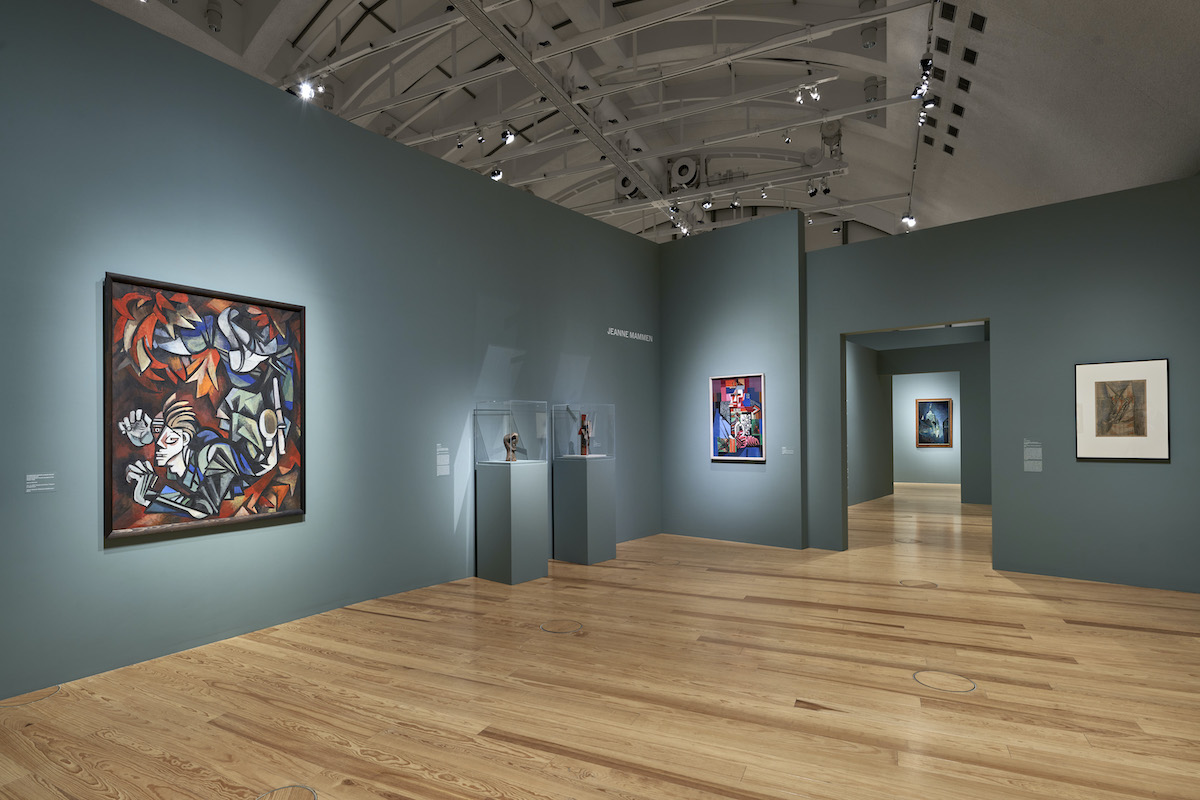
ART FOR NO ONE. 1933–1945, exhibition view, © Schirn Kunsthalle Frankfurt 2022, Photo: Norbert Miguletz
Future events and the recordings of past events can be found HERE.
Your support makes our work possible. Thank you.


